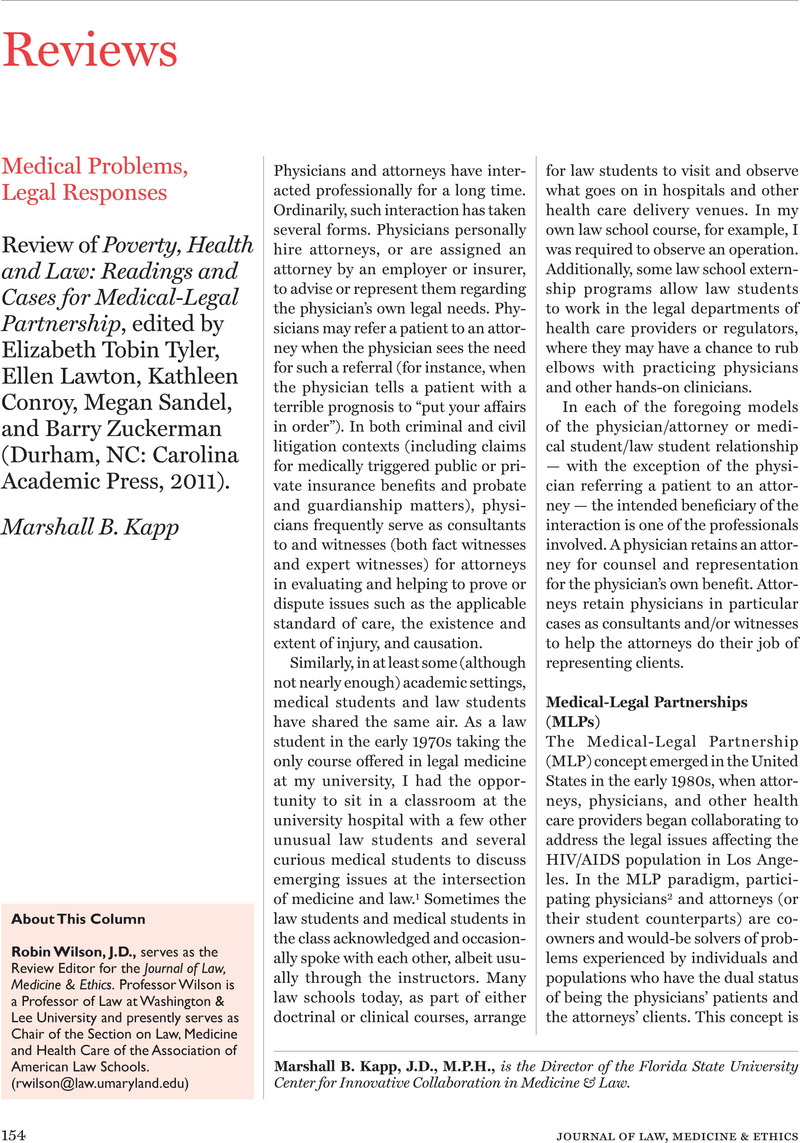The editors define “vulnerable populations” as “any group of people whose healthcare needs exceed the average or who are at greater risk (than the average person) for poor health status and healthcare access.” See
Tyler, et al.,
supra note 4, at 679. This statistically oriented definition serves an obvious purpose in a book with “Poverty” prominently in its title, but it (probably intentionally) ignores the fact that each of us may be vulnerable and dependent in terms of health and health care at various times and in various life situations. See, e.g.,
Manheimer, E. D., “When Doctors Become Patients,”
New York Times, September 2,
2011,
available at <
www.nytimes.com/2011/09/03/opinion/when-doctors-become-patients.html?_r=2&hpw> (last visited February 7, 2010): [M]y illness has changed me profoundly as a physician. Even having lived through this illness, I'm not sure that I would be any better prepared if I had to relive it again. No amount of doctoring can prepare you for being a patient. If anything, it's that recognition of vulnerability as well as expertise that makes me a better doctor today. (Emphasis added) 7. Social determinants of health are defined as “conditions in which people are born, grow, live, work and age, including the healthcare system; circumstances shaped by the distribution of money, power and resources at global, national and local levels, which are themselves influenced by policy choices.” See
Tyler, et al.,
supra note 4, at 679. In other words, just about every non-biological aspect of our lives qualifies as a social determinant of health. See also
Gostin, L. Powers, M.,
“What Does Social Justice Require for the Public's Health? Public Health Ethics and Policy Imperatives,” Health Affairs 25,
no. 4 (2006):
1053–
1060.
Google Scholar


